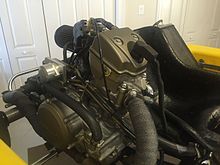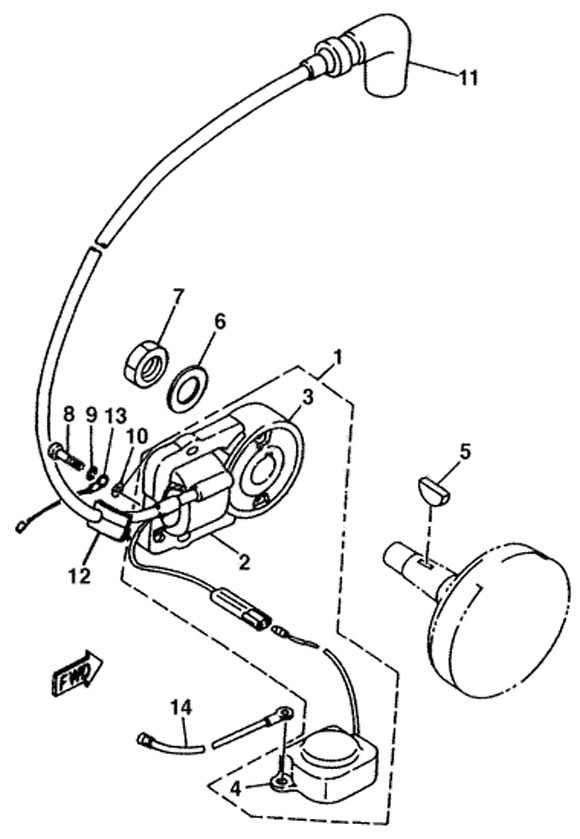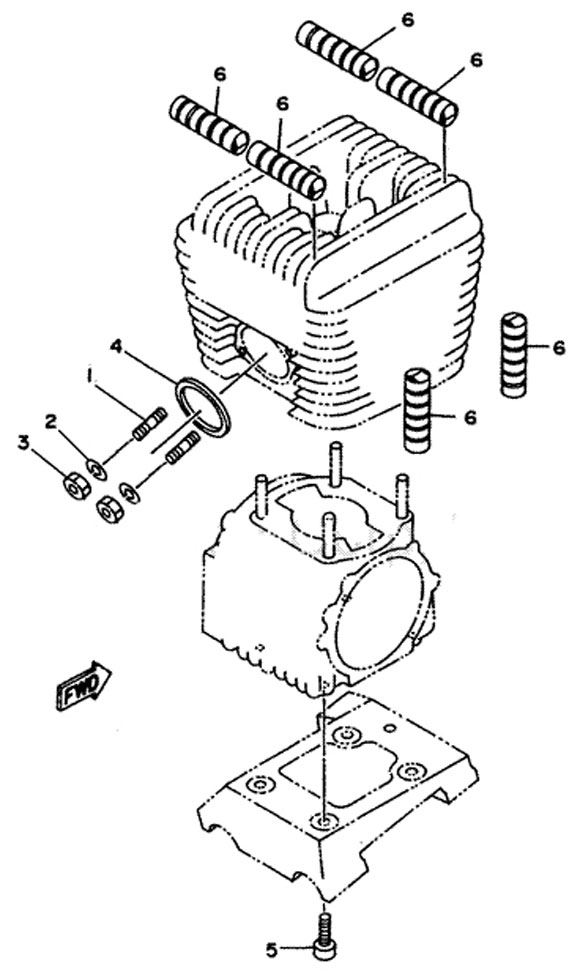- Yamaha Kt100 Clutch
- Yamaha Kt100 Motor
- Yamaha Kt100 Service Manual
- Yamaha Kt100 Engine Manual
- Yamaha Kt100 Manual
- Yamaha Kt100 Specifications
BREAK-IN

Margay Racing Engines & Components. Yamaha KT100 There are no available products under this category. Yamaha kt100 manual is available in our digital library an online access to it is set as public so you can get it instantly. Our digital library saves in multiple countries, allowing you to get the most less latency time to download any of our books like this one. Merely said, the yamaha kt100 manual is universally compatible with any devices to read. Get Free Yamaha Kt100 Manual Yamaha KT100 Kart Engine - Specs, PricesYamaha KT100 Kart Engine Yamaha KT100 Kart Engine - Specs, Prices KT100 Service Manual This is the Yamaha service manual for the electric start KT100, but if you just ignore all the stuff related to the starter and just stick to the basic parts it's very helpful.
Margay Racing Engines & Components. Yamaha KT100 There are no available products under this category. Vintage KT100 Aluminum GoKart Racing Engine Mount for KT 100 Yamaha Description: Vintage Aluminum GoKart Racing Engine Mount for KT 100 Yamaha.Good Condition.some wear with nicks(see pics)Was Got along with Vintage Cotote Gokart& KT 100 Engine that I have on ebay.Measures 8' in Length x 6' Wide.Weighs 1.8 lbs.FREE US lower 48 States Shipping.I also have other Vintage Gokart.
The engine should be broken in with starting with 1-second bursts of full throttle followed by about 5 seconds of cool down throttle blipping. Gradually increase the length of the full throttle bursts until full throttle is applied for the whole longest straight after about 15 minutes of run time. The 15-minute break-in should be broken into three 5-minute sessions.
CARB SETTINGS
For racing the carb should be set to about 2-1/2 turns on the low speed needle and about 1/8 turn on the high-speed needle. Adjust the low-speed needle to set richer or leaner. The low pop off pressure may require that the engine is started with 1-1/2 turns on the low speed needle and then open up to 2-1/2 turns when underway. These settings are guidelines and will vary with weather and track conditions. In summary the strategy is to flow as much of the fuel through the low speed circuit and richen the high speed needle if the low speed circuit cannot make the engine rich enough.
For more information see Racing Diaphragm Carb Operation.
TCI UNIT
The TCI (Transistor Controlled Ignition) module controls the ignition system and is mounted external to the engine. It can be mounted to the chain guard or remote from the engine. The remote mount is preferred because then the TCI module is isolated from engine vibration and heat. If it is mounted remotely be sure to connect the ground lead from the engine to the body of the TCI module. The small lead that comes from inside the TCI module connects to the double female connector attached to the engine.
SPARKPLUG
Yamaha Kt100 Clutch
The , or gapped at .028” - .030” is an excellent plug for a pipe and clutch engine.
RACE OIL
castor oil mixed @ 8 oz per gallon of fuel gives excellent lubrication, low deposit formation, and eliminates ring sticking. Other quality oils are Redline Kart racing oil and Amsoil Dominator oil. A name brand 93 octane super unleaded fuel runs well in these engines. Race fuel is recommended and is more consistent and will pass tech.
CLEAN CARBON
The engine is set with combustion chamber volume at ~11.30cc. The legal limit is 11.00cc. Just .002” of carbon buildup on the piston top is 0.1cc. Be sure to remove the head and clean any deposits from the combustion chamber and piston top before any race after which the head cc’s will be tech’ed.
When you remove the head from your KT100, you can maintain its performance by torqueing it in the same sequence used to torque plate hone it. Looking at the head from the top with the exhaust facing you, number the studs 1 thru 6 in a clockwise direction starting with the one on the pto side of the engine. The torqueing sequence is 142536 in a couple of stages to 145 in-lbs.
CLUTCH

Yamaha Kt100 Motor
Set clutch engagement/lock up at 9,500 – 10,700 rpm. In general peak rpm will be about 15,200 for sprint and 13,500 for road race. These are just guidelines. Set the gear ratio to that which gives the best lap times with the pipe you are using.
HEAD TORQUE
When you remove the head from your KT100, you can maintain its performance by re-torquing it in the same sequence used to torque plate hone it. Looking at the head from the top with the exhaust facing you, number the studs 1 thru 6 in a counter clockwise direction starting with the one on the PTO side. The torquing sequence is 142536 in a couple of stages to 145 in-lbs.
SRS Engines | 903-769-4140
| KT100 | |
|---|---|
| A kart with a KT100 powerplant and a can type muffler | |
| Type | Single-cylinder, two-stroke engine |
| National origin | Japan |
| Manufacturer | Yamaha Motor Corporation |
| Major applications | Kart racing Ultralight aircraft |
| Unit cost | US$699 (2010) |
The Yamaha KT100 is a 100 cc two-stroke cyclekart engine made by Yamaha that has also been adapted for ultralight aircraft use.[1]
Design and development[edit]
The KT100 is a simple and rugged air-cooled engine that uses piston-ported intake induction with a Walbro WB-3A carburetor. The KT100 is a popular high-performance two-stroke kart racing engine. It comes in various forms used in many countries. The KT100J is slightly smaller with fewer options in comparison to its bigger brother, the KT100SE.[citation needed]
The KT100 is a very versatile engine using different exhaust systems and carburetors through a large range of classes. The KT100 can be tuned for most series and organizations with maximum and minimum rules.[citation needed]
Aircraft use[edit]
In the late 1970s and early 1980s the engine was adapted for use on ultralight aircraft. The ultralights of that era were lighter and had much lower wing loadings than today, making flight practical on the KT100's 15 hp (11 kW) developed at 10,000 rpm. In aircraft use it was usually equipped with a recoil starter and a belt reduction drive.[1]
Applications[edit]
Specifications (KT100S)[edit]
Data from Cliche[1] and Yamaha[2]
Yamaha Kt100 Service Manual
General characteristics
- Type: Single-cylinder, two-stroke engine
- Bore: 52 mm (2.05 in)
- Stroke: 46 mm (1.81 in)
- Displacement: 97.6 cc (5.96 cu in)
- Dry weight: 21 lb (10 kg)

Components
- Valvetrain: Piston port
- Fuel system:Walbro WB-3A carburetor
- Oil system: premix 20:1 fuel to oil ratio
- Cooling system: Air-cooled
- Reduction gear: PTO to clutch or direct drive, belt drive in aircraft use
Yamaha Kt100 Engine Manual
Performance

Yamaha Kt100 Manual
- Power output: 15 hp (11 kW) at 10,000 rpm
References[edit]
Yamaha Kt100 Specifications
- ^ abcCliche, Andre: Ultralight Aircraft Shopper's Guide 8th Edition, page G-8 Cybair Limited Publishing, 2001. ISBN0-9680628-1-4
- ^Yamaha Motor Corporation (2010). '2005 KT100 Specs'. Retrieved 2010-01-20.
External links[edit]

